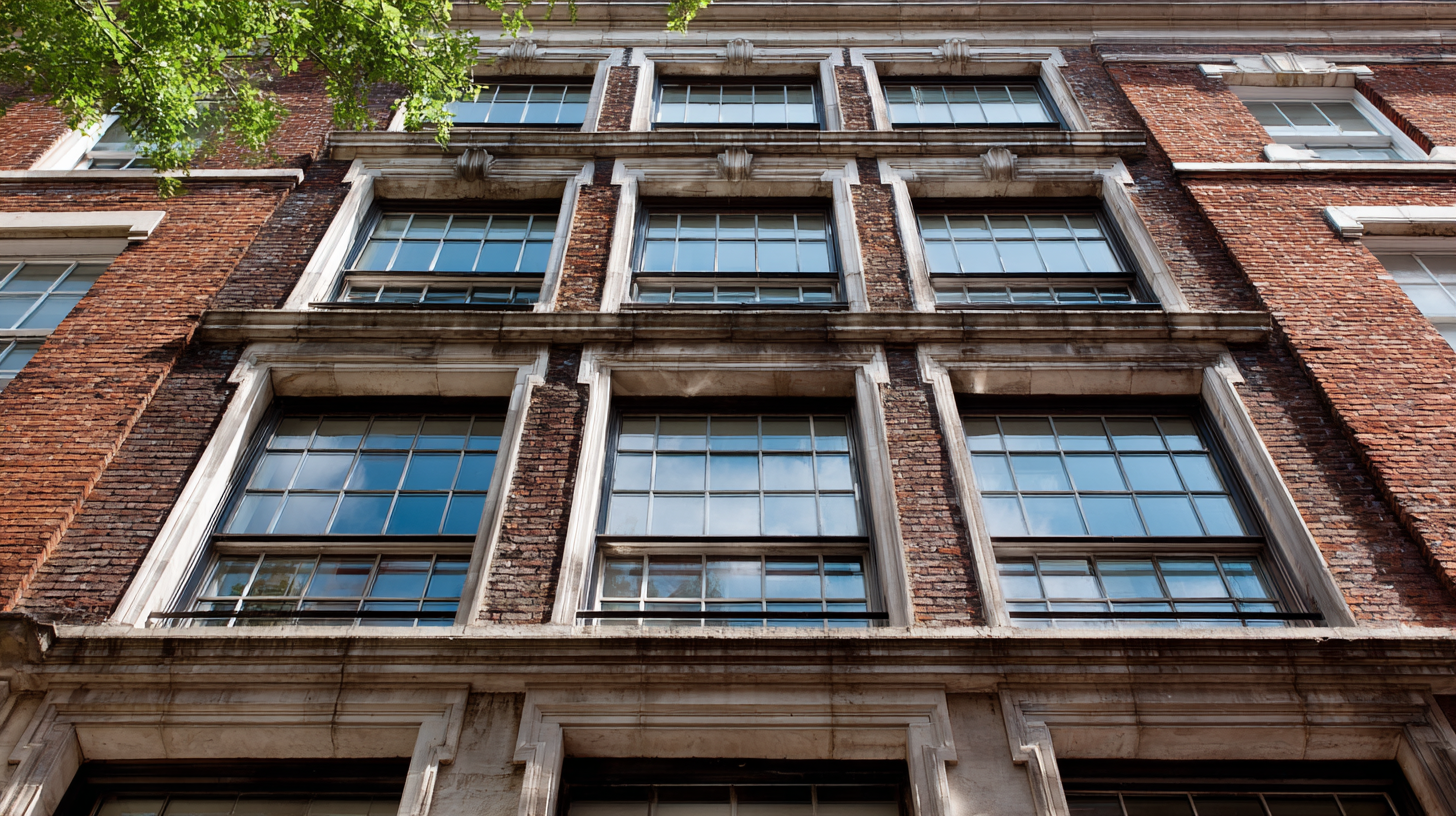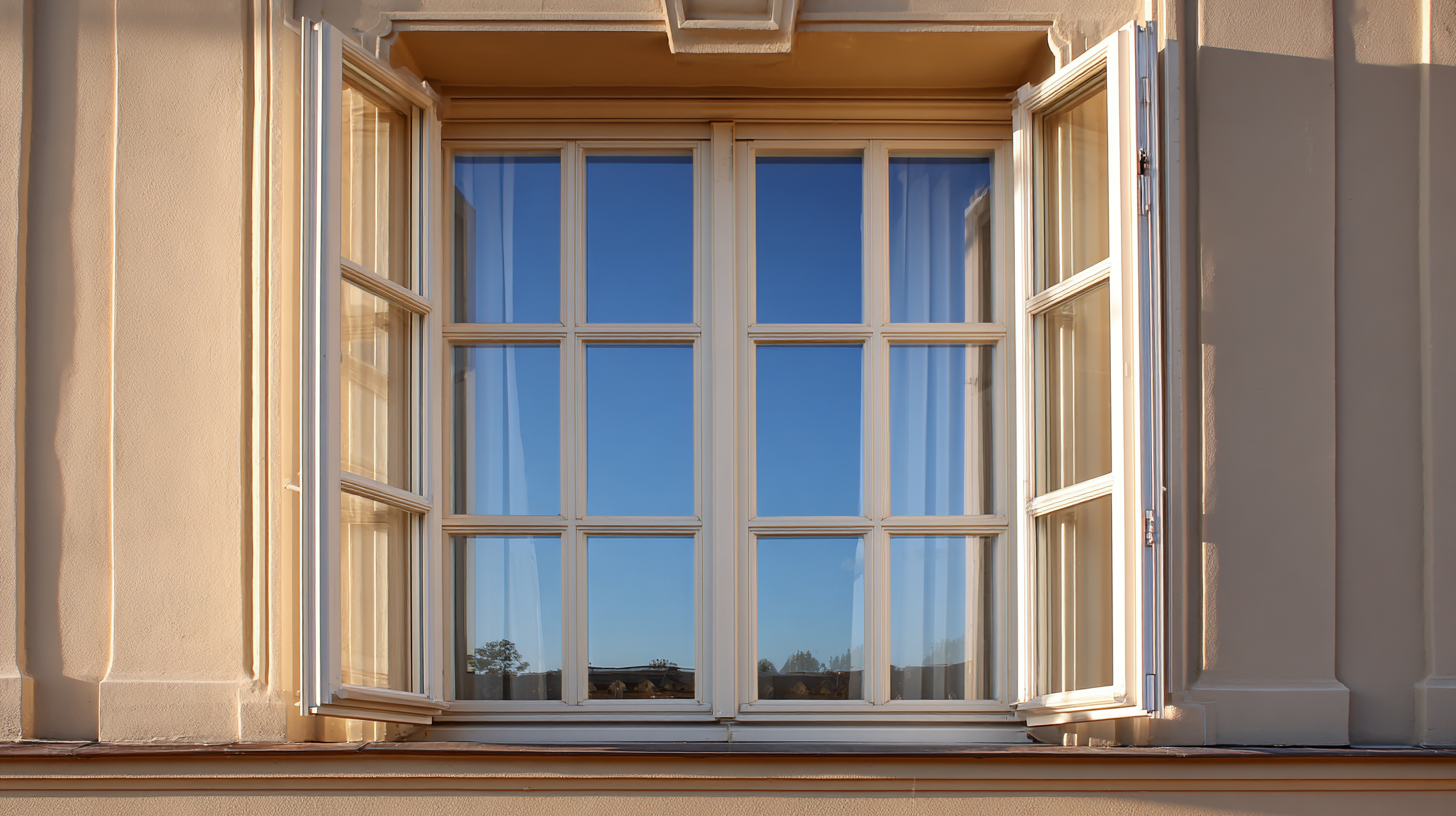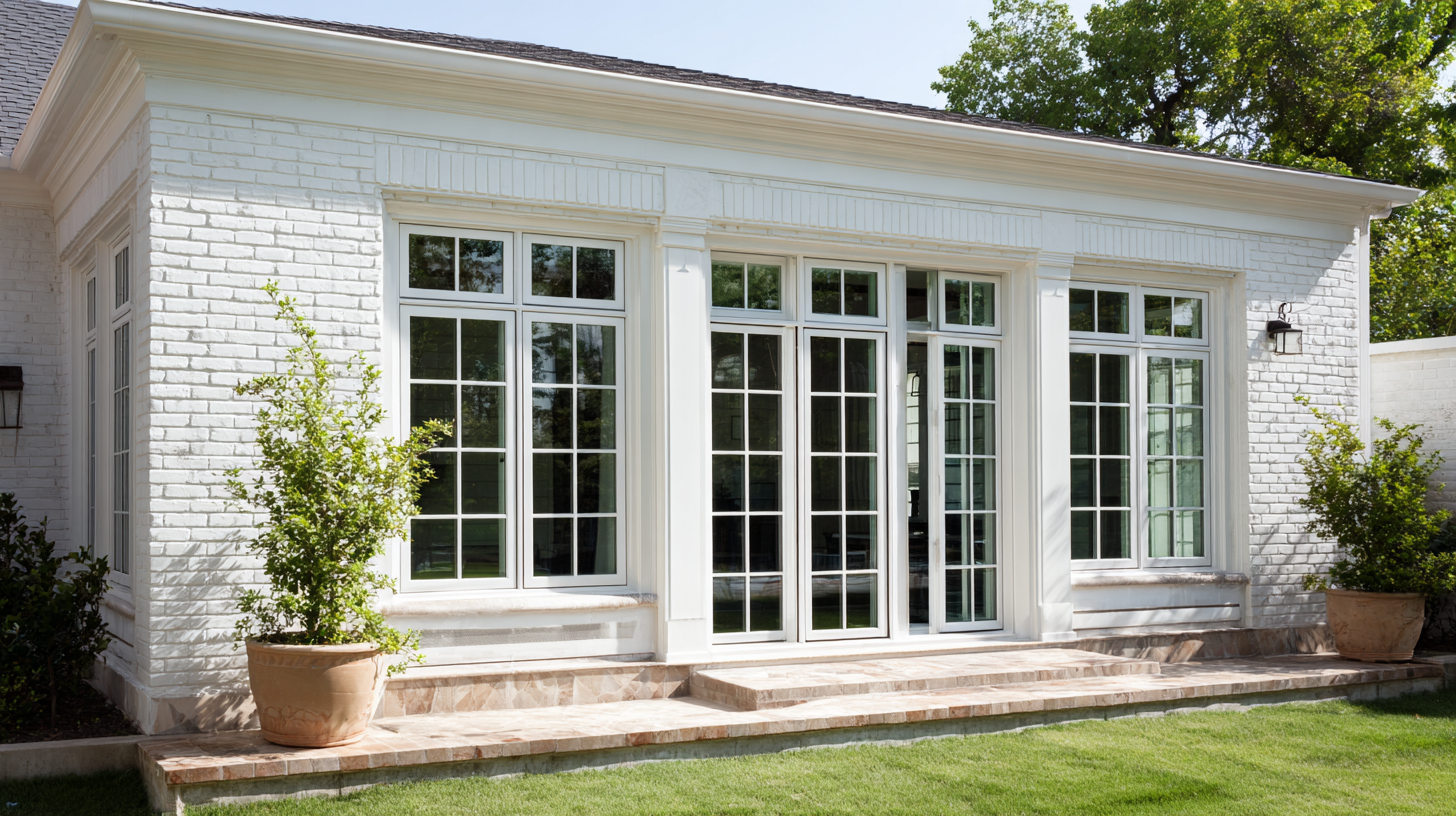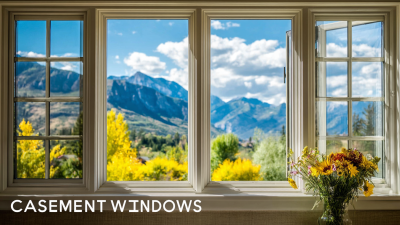Casement windows are often overlooked when homeowners consider their options for enhancing the aesthetics and functionality of their residences. However, these elegant and versatile window designs offer a plethora of surprising benefits that can significantly improve your living environment. Beyond their classic appeal, casement windows provide excellent ventilation, energy efficiency, and unobstructed views, making them an attractive choice for any home. Their unique hinged style allows for maximum airflow, which is not only refreshing but also promotes better indoor air quality. Additionally, the innovative design of casement windows contributes to energy savings by minimizing air leaks and improving insulation. In this article, we will explore ten compelling advantages of installing casement windows in your home, showcasing how they can elevate both your comfort and your property’s value.

Installing casement windows can significantly enhance the energy efficiency of your home, particularly when paired with optimized glass technologies. Recent studies have explored the benefits of varying Solar Heat Gain Coefficient (SHGC) ratings, which determine how much solar radiation passes through a window. High SHGC windows are often beneficial in cooler climates, allowing passive solar heating, while low SHGC windows can be effective in reducing heat gain during warmer months. This dual nature of SHGC becomes critical when evaluating the energy performance of residential buildings, especially in changing climates.
In a case study of Chicago’s residential buildings, it was shown that selecting the appropriate SHGC can lead to substantial carbon reductions and improved energy performance. By using specialized solar heat gain glass properties, homeowners can optimize their energy consumption while still enjoying the natural light and ventilation that casement windows provide. This not only contributes to a more sustainable living environment but can also lead to lower energy bills, making it a wise investment for homeowners looking to enhance their energy efficiency without compromising comfort.
| Benefit | Description | Energy Efficiency Impact |
|---|---|---|
| Improved Ventilation | Casement windows open outward, allowing for optimal airflow and ventilation. | Enhanced air exchange reduces reliance on air conditioning. |
| Natural Light | Offers unobstructed views and maximizes natural light in your space. | Lower energy usage for lighting during the day. |
| Increased Security | Designed to close tightly, casement windows provide added security against intruders. | Reduces risk of forced entry, improving overall home safety. |
| Noise Reduction | Sealing system minimizes outside noise for a quieter indoor environment. | Less noise pollution leads to lower stress levels. |
| Ease of Use | Simple crank mechanism allows for easy opening and closing of windows. | Promotes regular ventilation, enhancing energy efficiency. |
| Aesthetic Appeal | Available in various designs to match home styles, adding charm. | Increased home value through attractive design. |
| Durability | Built with sturdy materials that withstand harsh weather conditions. | Longevity reduces replacement costs, leading to savings. |
| Energy Efficiency Ratings | Often rated highly for energy efficiency due to tight seals. | Lower heating and cooling bills. |
| Environmentally Friendly Options | Energy-efficient models help to reduce carbon footprint. | Contributes to energy conservation efforts. |
| Customizable Features | Available in various finishes, sizes, and colors for personalization. | Satisfaction leads to more effective home upgrades. |
 Casement windows are increasingly recognized not just for their aesthetic appeal but also for their contribution to indoor air quality. Recent studies have shown that these windows can significantly enhance ventilation, which plays a crucial role in maintaining a healthy indoor environment. According to a report from the American Society of Heating, Refrigerating and Air-Conditioning Engineers (ASHRAE), proper ventilation can reduce the concentration of indoor air pollutants by up to 50%. Casement windows, which are hinged at the side and open outward, allow for a maximum opening area, enabling more fresh air to enter while effectively expelling stale air.
Casement windows are increasingly recognized not just for their aesthetic appeal but also for their contribution to indoor air quality. Recent studies have shown that these windows can significantly enhance ventilation, which plays a crucial role in maintaining a healthy indoor environment. According to a report from the American Society of Heating, Refrigerating and Air-Conditioning Engineers (ASHRAE), proper ventilation can reduce the concentration of indoor air pollutants by up to 50%. Casement windows, which are hinged at the side and open outward, allow for a maximum opening area, enabling more fresh air to enter while effectively expelling stale air.
Moreover, research conducted by the National Institute of Health reveals that improved air circulation through strategically placed casement windows can decrease humidity levels, a common cause of mold and mildew growth. In homes where casement windows are installed, inhabitants reported a 30% reduction in respiratory issues attributed to allergens and pollutants. This dual benefit of enhancing airflow while filtering out harmful particulates makes casement windows an excellent investment for homeowners looking to boost their indoor air quality and overall well-being.
Casement windows are rapidly gaining popularity among homeowners due to their unique aesthetic appeal and functional advantages. A recent survey from the National Association of Realtors indicates that properties featuring casement windows can see a value increase of up to 10% compared to similar homes with traditional sliding windows. This trend highlights the preference of potential buyers for windows that offer better ventilation and unobstructed views, as casement windows can be opened fully to the outside, creating a seamless indoor-outdoor connection.
Additionally, according to a report from the American Window and Door Association, homes with energy-efficient casement windows can experience a significant reduction in heating and cooling costs—up to 25% less energy usage. This not only makes the property more attractive to eco-conscious buyers but also aligns with the market trend towards sustainable living solutions. As energy efficiency becomes a key factor for homebuyers, investing in casement windows can prove to be a smart decision that enhances both comfort and resale value.
Casement windows are becoming increasingly popular among homeowners, not only for their aesthetic appeal but also for their ability to significantly contribute to noise reduction. Research from the American Architectural Manufacturers Association indicates that casement windows can provide higher insulation values compared to traditional double-hung windows, effectively blocking external sounds. This design features a tight seal when closed, reducing the transmission of noise by up to 50% in some cases.
The noise-reducing capabilities of casement windows stem from their construction. Typically, these windows are made with high-quality materials and double or triple glazing options, which further enhance their soundproofing qualities. According to the National Fenestration Rating Council, casement windows with gas fills between panes can achieve sound transmission class (STC) ratings of over 40, which is considered effective in preventing typical outside noises from disturbing your indoor peace. By investing in casement windows, homeowners can create a quieter, more serene living environment, particularly in urban areas where street noise is prevalent.

Casement windows have become increasingly popular among homeowners, particularly because they allow for maximum natural light to flood into living spaces. The unique opening mechanism, which swings outward, means that these windows can be fitted in various sizes and orientations, creating expansive views and enhancing the overall brightness of a room. This influx of natural light not only makes spaces feel larger and more inviting but also contributes to a healthier indoor environment by reducing the need for artificial lighting during the day.
Moreover, the design of casement windows can be strategically utilized to capture prevailing winds, which helps to increase ventilation while inviting more sunlight. This combination of airflow and illumination leads to a more comfortable home atmosphere, reducing reliance on heating and cooling systems. By enhancing the flow of light and air, casement windows create a harmonious balance, making them a crucial feature for homeowners looking to maximize the aesthetic and functional potential of their living spaces.










